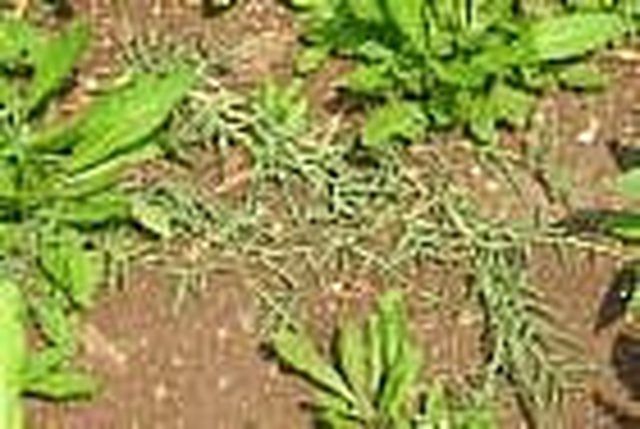Bulbs
Flower Basics
Flower Beds & Specialty Gardens
Flower Garden
Garden Furniture
Garden Gnomes
Garden Seeds
Garden Sheds
Garden Statues
Garden Tools & Supplies
Gardening Basics
Green & Organic
Groundcovers & Vines
Growing Annuals
Growing Basil
Growing Beans
Growing Berries
Growing Blueberries
Growing Cactus
Growing Corn
Growing Cotton
Growing Edibles
Growing Flowers
Growing Garlic
Growing Grapes
Growing Grass
Growing Herbs
Growing Jasmine
Growing Mint
Growing Mushrooms
Orchids
Growing Peanuts
Growing Perennials
Growing Plants
Growing Rosemary
Growing Roses
Growing Strawberries
Growing Sunflowers
Growing Thyme
Growing Tomatoes
Growing Tulips
Growing Vegetables
Herb Basics
Herb Garden
Indoor Growing
Landscaping Basics
Landscaping Patios
Landscaping Plants
Landscaping Shrubs
Landscaping Trees
Landscaping Walks & Pathways
Lawn Basics
Lawn Maintenance
Lawn Mowers
Lawn Ornaments
Lawn Planting
Lawn Tools
Outdoor Growing
Overall Landscape Planning
Pests, Weeds & Problems
Plant Basics
Rock Garden
Rose Garden
Shrubs
Soil
Specialty Gardens
Trees
Vegetable Garden
Yard Maintenance
How to Kill and Eliminate Bermuda Grass In Flower Beds
How to Kill and Eliminate Bermuda Grass In Flower Beds. Bermuda grass is a great lawn grass in many areas. However, it can be very invasive. Here is how to stop it from invading your beds.

Bermuda grass is a great lawn grass in many areas. However, it can be very invasive. Here is how to stop it from invading your beds.
Prepare to remove the runners. Bermuda grass covers bare ground quickly which makes it a good lawn grass. That same quality also makes it invasive. It travels by runners, called stolons, that are root-stems and which advance forward, putting down new roots. Once it has crossed over into a flower bed it can be next to impossible to get rid of. You will need to dig up the earth and remove each bit of stolon or runner.
Isolate your lawn from your flower beds and garden. You first want to put up a good barrier between your beds and your lawn. I recommend at least a foot of hardwood mulch with plastic edging buried about six inches. Keep the lawn trimmed back to the edge of the mulch line so stolons don't cross over it. It will be like a "demilitarized zone between your lawn and flower beds and if you see Bermuda grass stolons starting to cross it you can kill them.
Water the area before removing Bermuda grass. If Bermuda grass does cross over into the garden bed you need to remove the stolon root and all. Wet the flower bed down well and using gloves pull up the runners, root and all. Any root left whatsoever will start an new Bermuda grass plant. If the runners are very deep in clay soil and cannot be pulled out get a painters wool glove and wearing a second rubber glove place the painters glove on your hand and douse with Roundup week killer at the recommended dilution.
Run you painter's glove with weed killer on it across the shaft of all the grass in your flower bed, careful not to touch garden plants.
After the grass has died pull what remains out. Repeat the process for any new shoots that crop up.